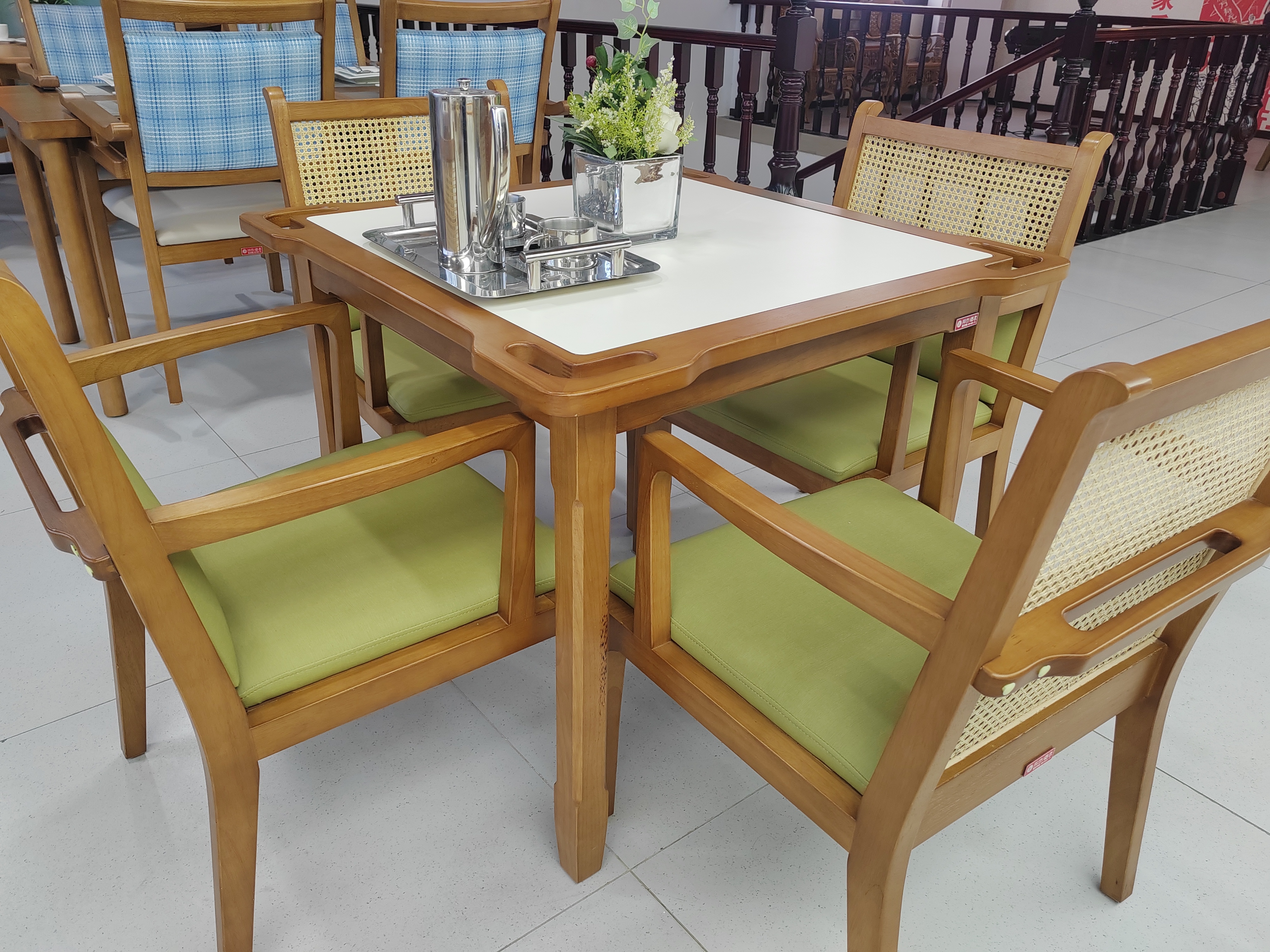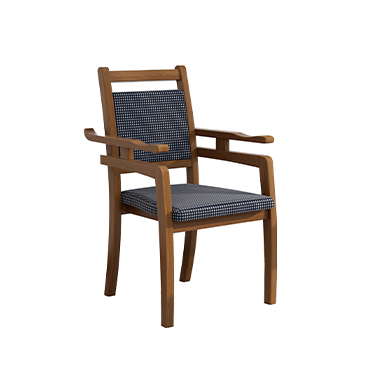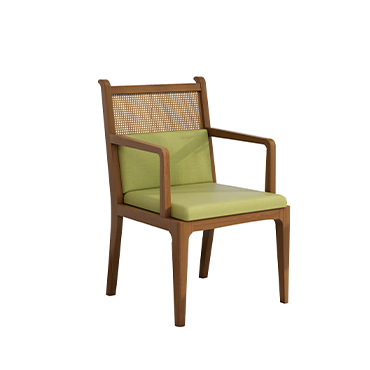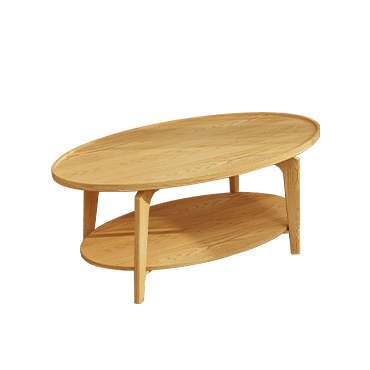Why Do Seniors Often Have Cold Hands and Feet? Understanding the Causes and Solutions
Why Do Seniors Often Have Cold Hands and Feet? Understanding the Causes and Solutions
Many elderly individuals frequently experience cold hands and feet—not just in winter, but even in warmer environments. While it's easy to assume that the room temperature is to blame, persistent cold extremities may signal deeper health issues.
At Enjoys Furniture, we believe that comfort starts with understanding the unique needs of older adults. Here's what could be behind cold hands and feet, and how the right living environment and furniture can help.
Common Medical Causes of Cold Extremities in Seniors
1.Poor Blood Circulation
One of the most common causes is decreased blood flow. Conditions like peripheral artery disease (PAD) or heart problems may reduce circulation to the limbs, making them feel constantly cold.
2.Anemia (Low Hemoglobin)
Iron-deficiency anemia limits oxygen delivery to tissues, resulting in pale, cold extremities and fatigue.
3.Hypothyroidism
A sluggish thyroid slows down metabolism, reducing the body’s ability to regulate temperature—especially noticeable in the hands and feet.
4.Diabetes
Diabetic neuropathy and vascular damage can impair temperature perception and blood flow in the lower limbs.
5.Raynaud’s Disease
This condition causes fingers or toes to turn white or blue in cold conditions or under stress, accompanied by numbness or tingling.
6.Stress and Anxiety
During stress, blood is redirected to vital organs, and circulation to the extremities is reduced—leading to cold hands and feet.
7.Side Effects of Medication
Some medications, such as beta-blockers, may reduce peripheral blood flow and cause cold sensations.
8.Malnutrition or Low Body Fat
Seniors with reduced appetite or underweight may have less fat insulation and poor circulation, intensifying the feeling of cold.
Lifestyle Tips for Improving Comfort
Keep warm with proper socks and gloves
Stay physically active to boost circulation
Manage chronic health conditions under medical supervision
Ensure proper nutrition and hydration
How Ergonomic Elderly Furniture Can Help
Cold feet often go unnoticed when seniors are seated for long hours, especially in chairs without proper cushioning or thermal support. Our elderly care chairs are designed with:
Padded seats and footrests to support circulation
Ergonomic posture to avoid pressure points
Warm, breathable materials for year-round comfort
Furniture plays a key role in helping seniors feel at ease. A thoughtfully designed chair can improve not only physical health but overall quality of life.
When to Seek Medical Advice
Persistent cold hands and feet, especially with symptoms like numbness, pain, or color changes, should not be ignored. Always consult a healthcare professional for proper evaluation.





